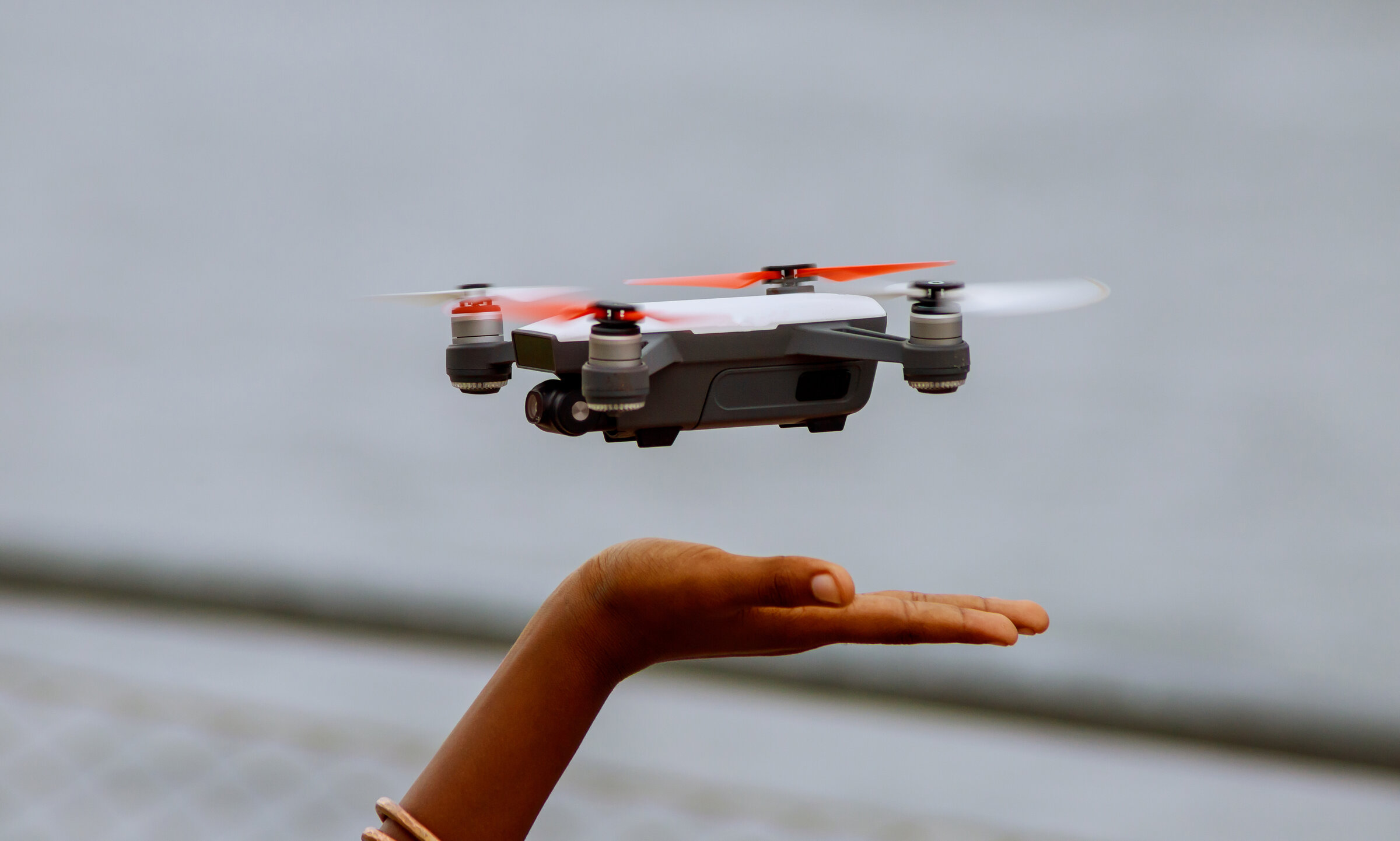
Since August 10, 2005, model aircraft liability insurance has been required by law for all model aircraft, copters and drones without exception, regardless of their take-off mass. (§ 33, 37, 43.2 LuftVG). If these models are operated outdoors, the corresponding liability insurance is therefore required, which must also include strict liability in particular.
This means that insurance cover must exist regardless of whether the pilot is at fault for the accident with the model or not: for example, in the event of a radio breakdown or a strong gust of wind, the pilot is generally not at fault if the drone gets out of control and causes damage. However, the insurance company will still compensate the injured party for the damage caused.
Your annual premium with DMO: for private drone liability insurance: €39.96 for €3 million cover, alternatively €51.96 for €6 million cover.
In Germany, private DMO customers are subject to the simplified rules of the association's operating license, which allows FPV flights (= drone flight with video goggles) up to a height of 30 m without a spotter (= 2nd person to avert danger).
If a camera is installed on the model, you must register as a so-called UAS operator with the Federal Aviation Office (LBA), even if the take-off weight is less than 250 g. The UAS operator number, also known as the e-ID, must be clearly marked on the model. Even if the e-ID has been entered into the remote identification function of the UAS, it must also be physically attached to the UAS itself. Fire resistance is not mandatory.
It is not the individual model that is registered, but the pilot/owner as a person. If you own several drones, you write the same e-ID on each one.
We register private DMO customers for just €5. This costs €20 directly with the LBA.
This is not mandatory for models under 250 g take-off weight.
Private DMO customers only require the association's training certificate for models over 2 kg take-off weight.
In principle, drones may be flown at altitudes of up to 120 meters. They must always be within sight and their position must be recognizable to the pilot at all times.
As this can vary greatly depending on local conditions and municipal regulations, we recommend that you find out more about the planned flying area at www.dipul.de.